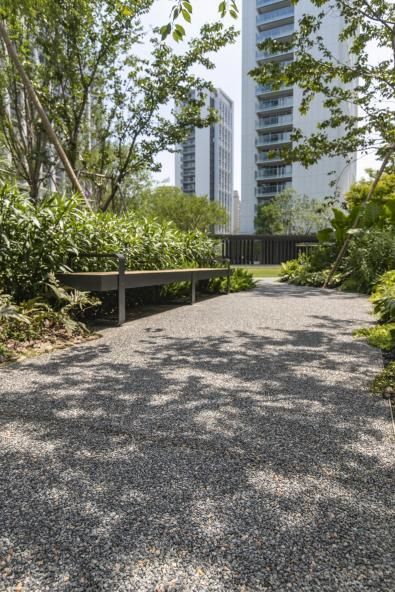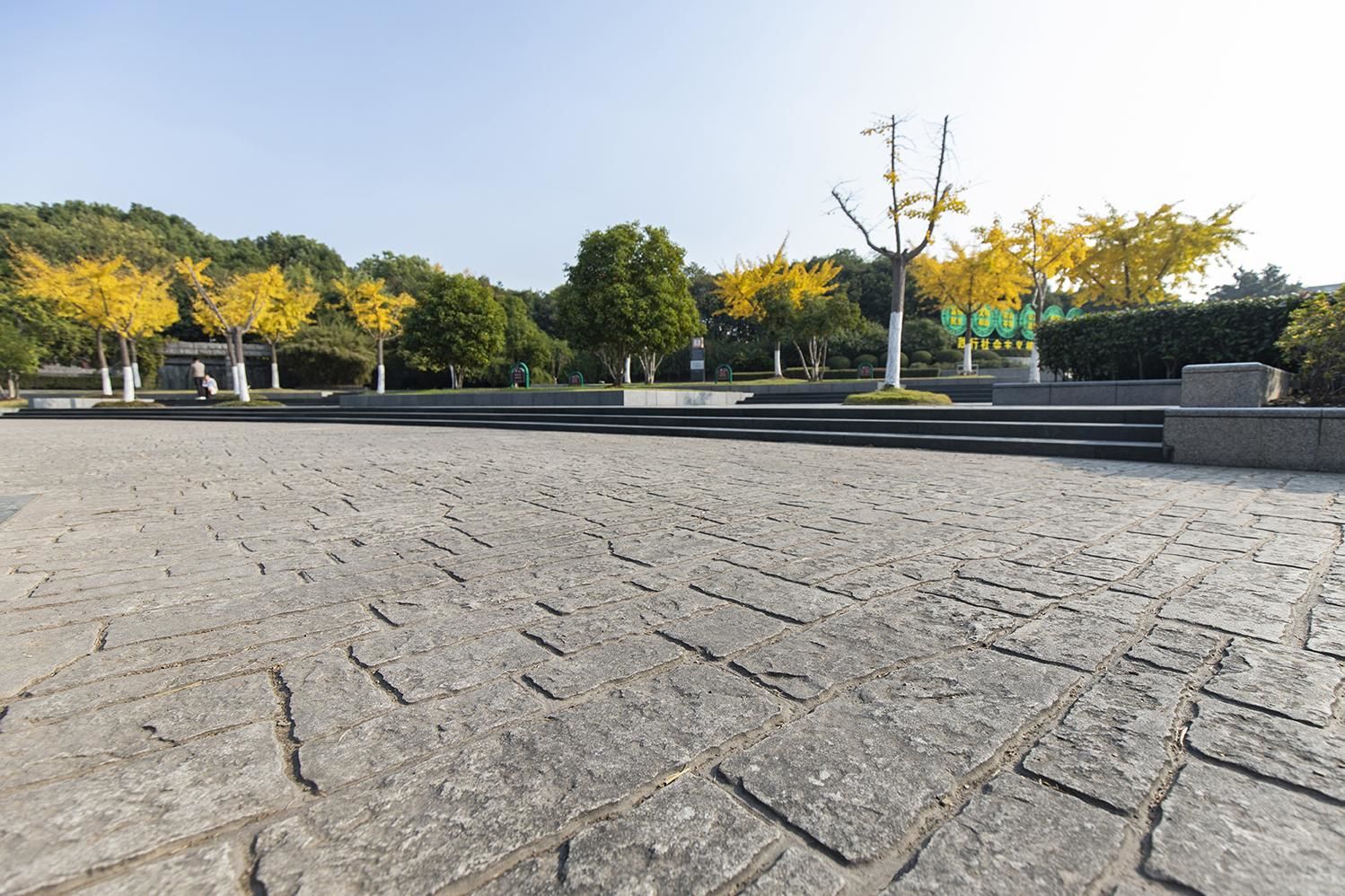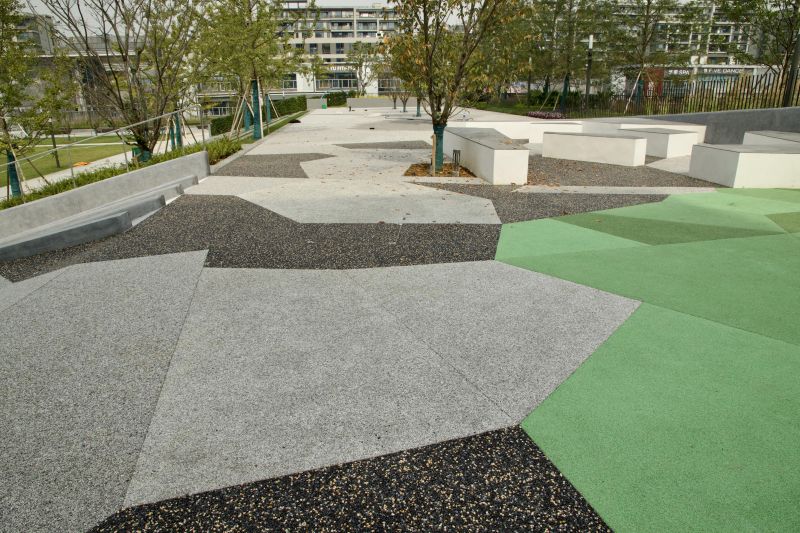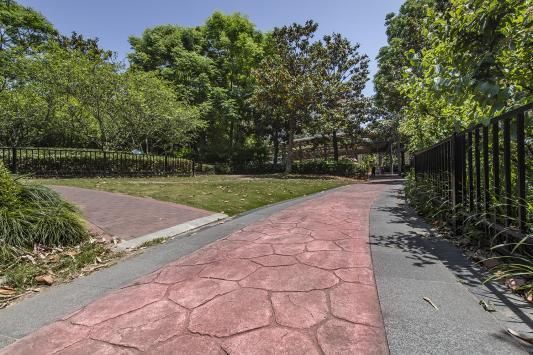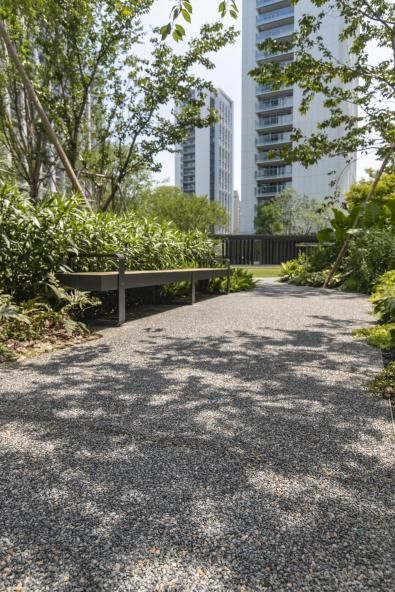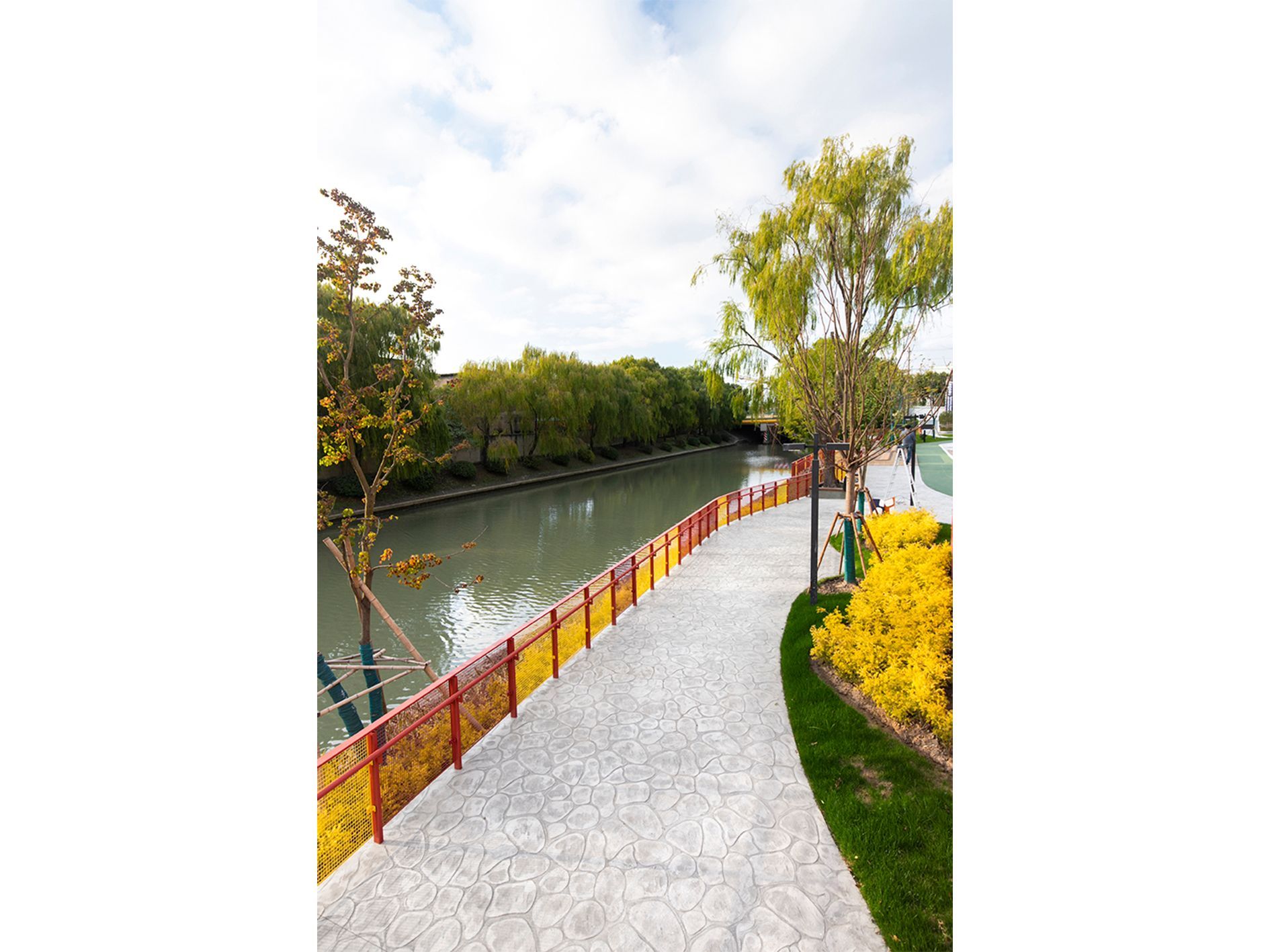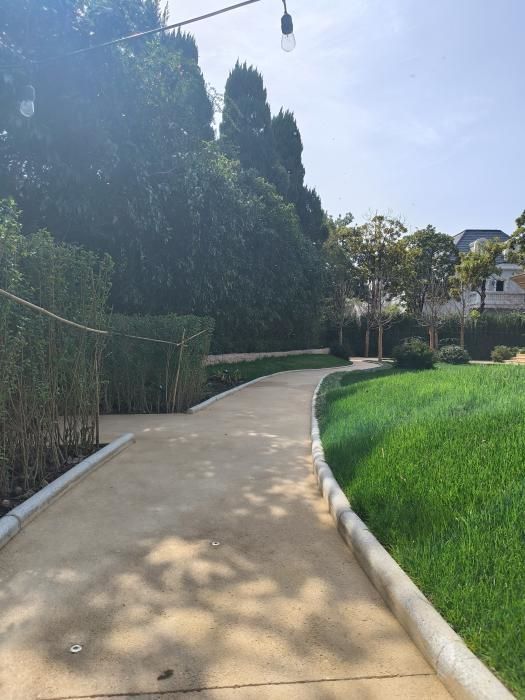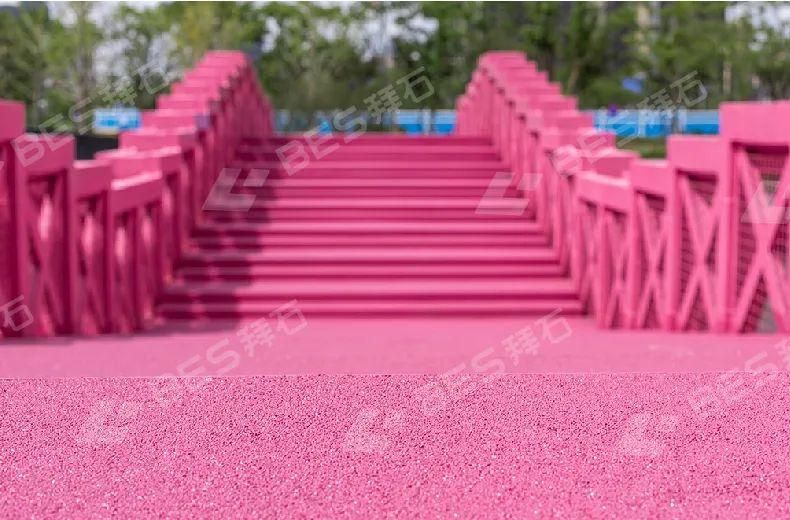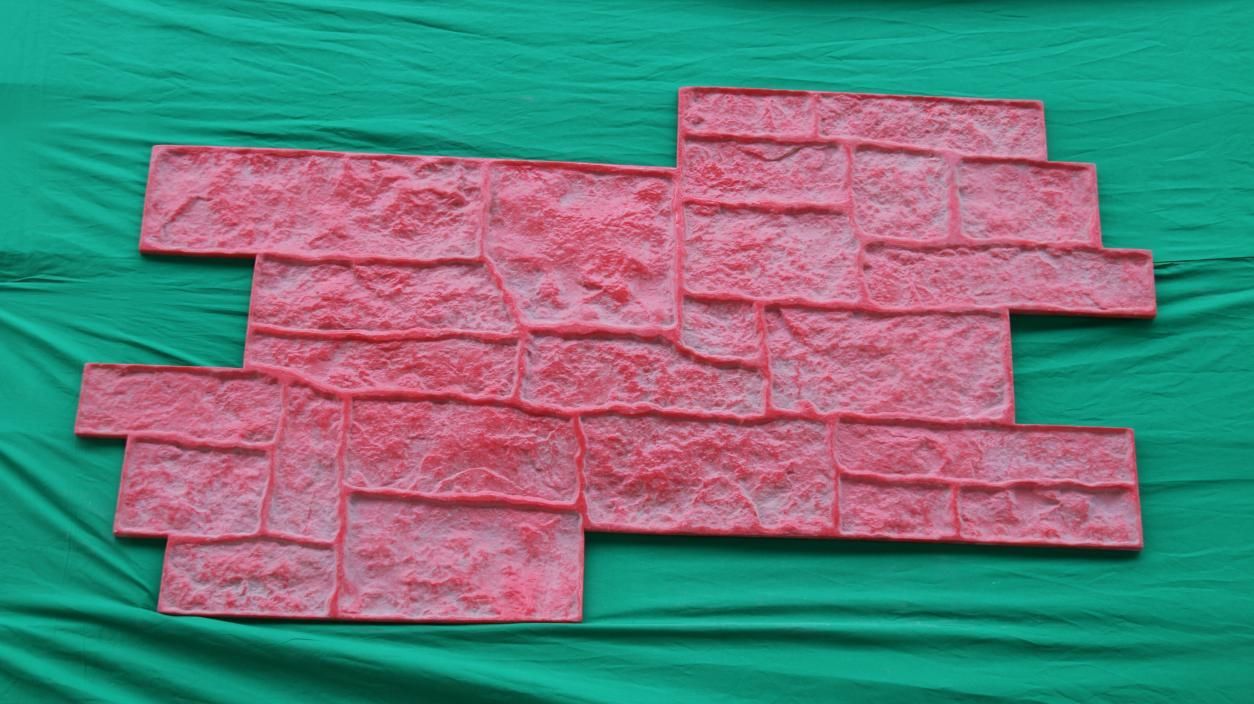Comparing Common Decorative Pavement Options: Pros and Cons
Introduction: When it comes to enhancing the aesthetic appeal of outdoor spaces, decorative pavement plays a crucial role. From driveways and walkways to patios and courtyards, choosing the right decorative pavement option can significantly impact the overall look and feel of a space. In this blog post, we will compare some common decorative pavement options, highlighting their pros and cons to help you make an informed decision.
Stamped Concrete: Pros:
Versatility: Stamped concrete offers a wide range of patterns, textures, and colors, allowing for endless design possibilities.
Cost-effective: Compared to natural stone or pavers, stamped concrete is often more affordable while still achieving a similar aesthetic.
Durability: When properly installed and maintained, stamped concrete can be highly durable and long-lasting.
Low maintenance: Stamped concrete requires minimal maintenance, with periodic sealing to preserve its appearance and protect against stains.
Cons:
Potential for cracking: Despite its durability, stamped concrete may develop cracks over time, especially in areas with freeze-thaw cycles.
Limited repair options: Repairing cracked or damaged stamped concrete can be challenging and may result in visible patching.
Susceptible to fading: Over time, stamped concrete may fade or lose its color intensity, especially in areas exposed to sunlight.
Pavers: Pros:
Aesthetic appeal: Pavers offer a timeless and elegant look, with a wide range of colors, shapes, and sizes to choose from.
Easy to repair: Individual pavers can be easily replaced if damaged, without affecting the rest of the pavement.
Permeability: Permeable pavers allow water to drain through the joints, reducing runoff and minimizing stormwater runoff.
Cons:
Cost: Pavers tend to be more expensive than stamped concrete, especially for premium materials like natural stone or clay.
Labor-intensive installation: Installing pavers requires meticulous preparation and labor, leading to higher installation costs.
Potential for shifting: Over time, pavers may shift or settle, resulting in uneven surfaces and requiring periodic adjustments.
Exposed Aggregate: Pros:
Natural appearance: Exposed aggregate offers a rustic and textured look, with the beauty of natural stone shining through.
Slip-resistant: The textured surface of exposed aggregate provides excellent traction, making it ideal for areas prone to slipping.
Cons:
Limited design options: Exposed aggregate is available in a limited range of colors and textures compared to stamped concrete or pavers.
Maintenance: Regular sealing is necessary to preserve the appearance of exposed aggregate and protect against staining and deterioration.
Conclusion: Choosing the right decorative pavement option depends on various factors such as budget, design preferences, and maintenance requirements. Stamped concrete, pavers, and exposed aggregate each have their unique advantages and drawbacks, so it's essential to weigh them carefully before making a decision. Whether you prioritize affordability, durability, or aesthetic appeal, there's a decorative pavement option that suits your needs and enhances the beauty of your outdoor space.
